One of my favorite aspects of the PlayStation 3 XMB is when one highlights a game and is treated to an animated sequence within the highlighted are and a full-screen backdrop of the game, all the while an excerpt from the game’s soundtrack scores the experience. It was here where I often first experienced several games’ scores. inFAMOUS, Red Faction Guerrilla, and – now – Enslaved top my list of the best way to utilize the XMB’s preview.
Nitin Sawhney, most known to gamers for his fine work on Ninja Theory’s previous outing, Heavenly Sword, has crafted a staggeringly beautiful and haunting musical theme of duality to highlight the main relationship in Enslaved. Yet, for some reason, this soundtrack release will not make my OSVOSTOTY list for a very simple reason. Read on to find out as I dissect the strange duality in this soundtrack.
The main theme which I am referring to appears to be nameless in that it appears in different cues throughout the soundtrack. The common ground between these moments are the feelings of struggle and the duality of one voice being countered and complimented by the other. It is a beautiful duality that clearly demonstrates the inseparable bond the two main characters share: first, the physical “enslaving” of Monkey, the second being the emotional bond the characters form over the course of their perilous journey. On the soundtrack, a variation of this theme can be found on the track “Redemption,” but sadly, it’s over before you know it clocking in at a painfully short forty-nine seconds.
“Cloud Surfing” shows off Sawhney’s powerful, new-age music prowess. I use the term “new age” to describe his works but only because that’s the only term general enough to encapsulate the genre-bending tribal sounds of this track (and, apparently, of several of Nitin Sawhney’s solo works). This cue features a percussive beat with intermittent strings and a solo treble voice extending to a high b-flat.
“Rhino Chase” is a thunderous and intense theme highlighting one of the finer battles in the game. Sawhney does a fine job of dismissing the theme as simply “action music” or ambient by having a constantly varying theme with brass and strings, plus some Far Eastern influences in mode.
“Catch the DragonFly” – like many of the other tracks – holds a strong Far Eastern/modal feel. It has a somewhat unconventional rhythmic structure with a background and bass almost exclusive composed of pizzicato strings. But, again, this track is over far too soon at one minute and fifty seconds.
Interspersed throughout the soundtrack are character lines highlighting certain story elements. None of these would fall under the spoiler category, but listeners should be aware. However, some of the track titles (one in particular) might deserve the spoiler designation. It’s not “Qui Gonn’s Noble End” bad, but bad enough that it was easy for me to guess what it was implying. Unfortunately for me, I guessed right. I would caution other soundtrack producers to adopt the Darksiders method of naming tracks “Epic Moment” to avoid any trouble.
Speaking of trouble, I discovered very early on that Enslaved’s soundtrack runs into plenty of it. This really should be two reviews: one for the game’s score, the other for the soundtrack release. I am circumspect enough to realize that most of the time more music is written than would be able to fit on a standard album release, as well as many other logistical boundaries. To its credit, the soundtrack is a decent length at just over fifty-four minutes. But, some of the best music in this game is not on the soundtrack and there are a few tangential cues I would have preferred were swapped out. I mentioned the great XMB preview earlier because I found the music so interesting but could not find it at all on the official soundtrack. Though the main theme does appear throughout the game, it is hardly everywhere on the soundtrack. The game’s title screen also presents a very introverted and interesting theme that is not on the official release.
As a score, this music stands alone and presents itself beautifully. The themes Sawhney has written resonate with the listener and highlight the story as any great score would. That some of the best musical moments in the game are not on the official soundtrack is simply inexcusable. One need not look any further than the several YouTube videos and comments of people who have extracted these themes.
The score to Heavenly Sword was as overlooked as the game. Those who passed over this little gem have truly missed out. In many ways, the same is true here. Nitin Sawhney shows a fine mastery of incorporating modes associated with Eastern music with the more traditional Western harmonies. Additionally, he manages to blend a “new age” feel to help bridge this gap culminating in all three vastly different genres sounding stronger. It is the strength of Sawhney’s work that makes the underwhelming soundtrack release for Enslaved all the more disappointing.
Tags: Darksiders, Enslaved, Heavenly Sword, inFAMOUS, Namco Bandai, Ninja Theory, Nitin Sawhney, Red Faction Guerrilla, Reviews, Videogame





























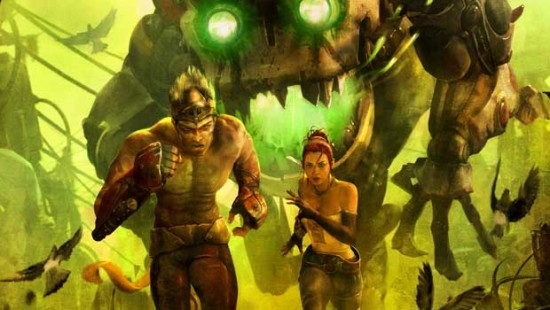
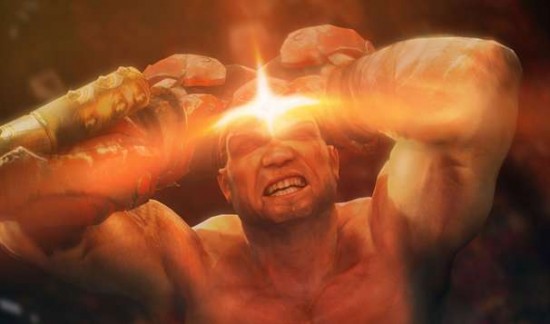
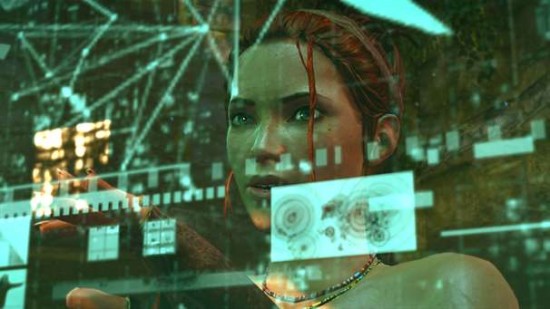
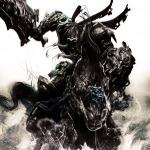
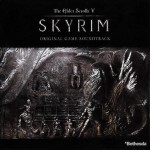









[…] This post was mentioned on Twitter by REAL Jerkface Gideon, OSV. OSV said: ENSLAVED: Nitin Sawhney’s Score Is Stabbed By A Heavenly Sword http://tinyurl.com/25l25e8 […]
Hi there! I understand this is somewhat off-topic however I
had to ask. Does operating a well-established website like yours
require a massive amount work? I’m completely new to running a blog but I do
write in my diary on a daily basis. I’d like to
start a blog so I can easily share my experience and thoughts online.
Please let me know if you have any kind of ideas or tips for new
aspiring bloggers. Appreciate it!
Have you ever thought about including a little bit more than just
your articles? I mean, what you say is important and all.
But imagine if you added some great images or videos to
give your posts more, “pop”! Your content is excellent but with images and video clips,
this site could certainly be one of the very best in its niche.
Good blog!
This is a good tip especially to those new to the blogosphere.
Short but very accurate info… Many thanks for sharing this
one. A must read article!
My partner and I stumbled over here by a different website and thought I might check things
out. I like what I see so i am just following you. Look forward to finding out about your web page for a second time.
Hiya very cool website!! Guy .. Excellent .. Superb ..
I’ll bookmark your web site and take the feeds also?
I’m happy to seek out a lot of helpful information right here in the
submit, we need work out more strategies in this regard, thanks for sharing.
. . . . .
Amazing blog! Do you have any hints for aspiring writers?
I’m hoping to start my own blog soon but I’m a little lost on everything.
Would you advise starting with a free platform like WordPress or go
for a paid option? There are so many choices out there that I’m totally
confused .. Any ideas? Bless you!
I am extremely impressed along with your writing skills and also with the structure on your
weblog. Is this a paid topic or did you customize it your self?
Anyway keep up the excellent high quality
writing, it’s rare to see a nice blog like this one today..
Admiring the dedication you put into your site and detailed information you offer.
It’s great to come across a blog every once in a while that
isn’t the same out of date rehashed information. Excellent read!
I’ve bookmarked your site and I’m including your RSS feeds to my Google account.